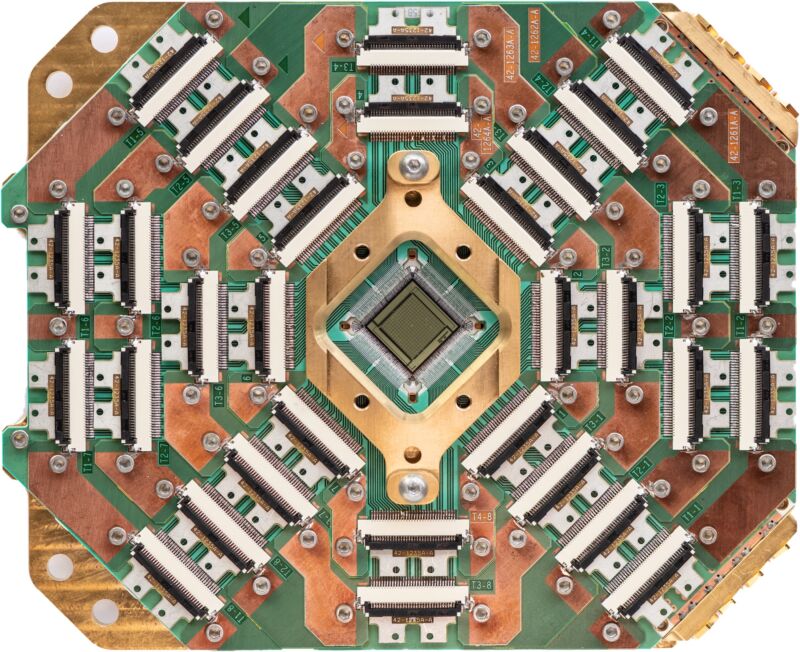D-Wave releases its next-generation quantum annealing chip

Today, quantum computing company D-Wave is announcing the availability of its next-generation quantum annealer, a specialized processor that uses quantum effects to solve optimization and minimization problems. The hardware itself isn't much of a surprise-D-Wave was discussing its details months ago-but D-Wave talked with Ars about the challenges of building a chip with over a million individual quantum devices. And the company is coupling the hardware's release to the availability of a new software stack that functions a bit like middleware between the quantum hardware and classical computers.
Quantum annealingQuantum computers being built by companies like Google and IBM are general-purpose, gate-based machines. They can solve any problem and should show a vast acceleration for specific classes of problems-or they will, as soon as the gate count gets high enough. Right now, these quantum computers are limited to a few-dozen gates and have no error correction. Bringing them up to the scale needed presents a series of difficult technical challenges.
D-Wave's machine is not general-purpose; it's technically a quantum annealer, not a quantum computer. It performs calculations that find low-energy states for different configurations of the hardware's quantum devices. As such, it will only work if a computing problem can be translated into an energy-minimization problem in one of the chip's possible configurations. That's not as limiting as it might sound, since many forms of optimization can be translated to an energy minimization problem, including things like complicated scheduling issues and protein structures.
Read 22 remaining paragraphs | Comments